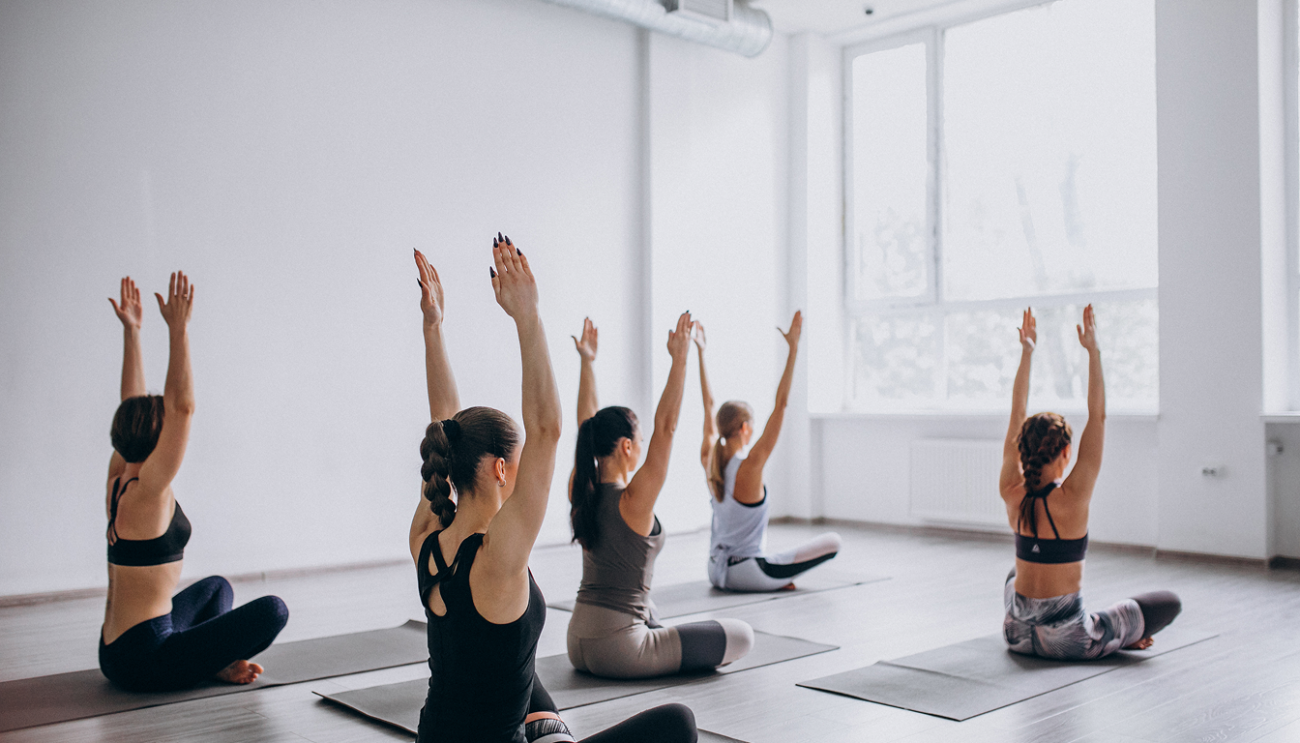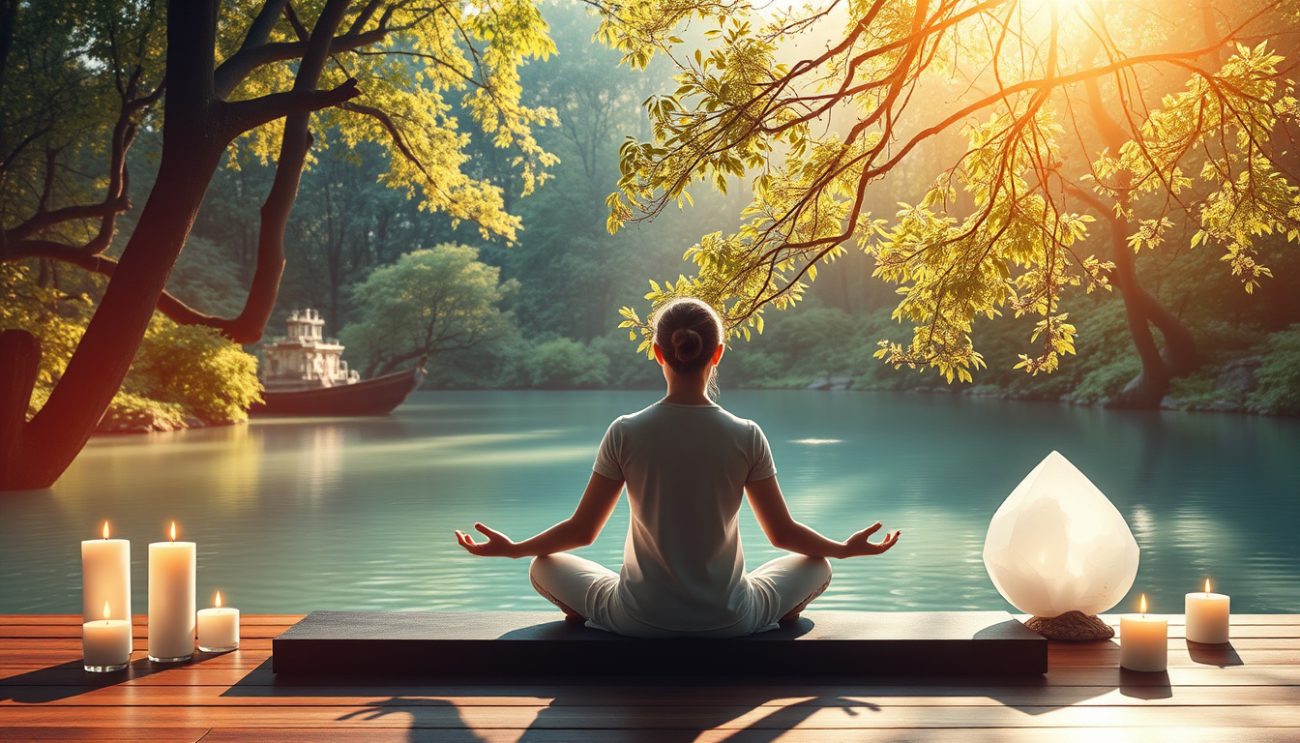Transform Your Mind and Body: The Ultimate Guide to Essential Yoga Poses for Every Practitioner
Yoga is much more than just physical exercise; it’s a holistic practice that nurtures the body, calms the mind, and cultivates inner peace. Whether you’re a beginner just discovering the transformative power of yoga or

Yoga is much more than just physical exercise; it’s a holistic practice that nurtures the body, calms the mind, and cultivates inner peace. Whether you’re a beginner just discovering the transformative power of yoga or an experienced practitioner looking to deepen your practice, understanding essential yoga poses (asanas) is key to benefiting fully from this ancient discipline. This guide synthesizes insights from authoritative yoga resources to introduce you to foundational poses, their benefits, and how to incorporate them into your daily routine.
Understanding Yoga Poses: The Building Blocks of Practice
A yoga pose, or asana, is a physical posture designed to align and strengthen the body, enhance flexibility, and promote mental focus. There are hundreds of different poses, but they generally fall into a few main categories:
- Standing Poses: These build strength, endurance, and balance.
- Balancing Poses: Improve core stability and concentration.
- Backbends: Open the chest and spine for better posture and vitality.
- Seated Poses: Increase hip and hamstring flexibility, often used for meditation.
- Resting (Supine) Poses: Promote relaxation and recovery.
Beginners often start with foundational poses to establish alignment principles and breath awareness, gradually progressing to more complex sequences. Mindful breathing is integral to every pose, enhancing relaxation and deepening the stretch.
Essential Yoga Poses for Every Practitioner

1. Downward Facing Dog (Adho Mukha Svanasana)
A cornerstone pose for all levels, Downward Facing Dog stretches the hamstrings, calves, and spine while strengthening the arms and shoulders. Beginners may find it challenging to balance weight properly—remember to keep your hips high and distribute weight evenly through your hands and feet.
2. Mountain Pose (Tadasana)
Though deceptively simple, Mountain Pose is fundamental for developing strong posture and body awareness. Stand tall with feet rooted and spine long, imagining a straight line from head to heels. This pose serves as the foundation for most standing postures.
3. Warrior I and II (Virabhadrasana I and II)
Warrior poses enhance leg strength, stamina, and balance. Warrior I requires hips to face forward, while Warrior II opens hips and chest sideways, encouraging stability and focus. Proper alignment protects the knees and supports the lower back.
4. Triangle Pose (Utthita Trikonasana)
This pose stretches the legs, groin, hips, and chest, improving flexibility and stability. Use yoga blocks if reaching the floor is difficult, and micro-bend knees to reduce strain. Triangle pose also opens the shoulders and improves balance.
5. Standing Forward Bend (Uttanasana)
A gentle forward fold that stretches the entire back body and soothes the nervous system. Soften knees if hamstrings are tight and let your head hang heavy to release tension in the neck and shoulders.
6. Garland Pose (Malasana)
A deep hip opener that improves mobility in the pelvis and strengthens foot muscles. Beginners may use props under the heels if squatting is uncomfortable.
7. Low Lunge (Anjaneyasana)
Excellent for hip flexor strength and flexibility, low lunge requires careful alignment to protect knees and maintain level hips. It prepares the body for deeper stretches.
8. Child’s Pose (Balasana)
A restorative resting pose ideal for rejuvenation during practice. It gently stretches the hips, thighs, and ankles while calming the mind.
9. Savasana (Corpse Pose)
Typically performed at the end of a session, Savasana promotes deep relaxation and integration of the practice’s benefits.
Tips for a Safe and Rewarding Yoga Practice
- Focus on Breath: Coordinating breath with movement deepens your practice and builds mindfulness.
- Use Props: Blocks, blankets, and straps can make poses accessible, especially for beginners or those with limited flexibility.
- Listen to Your Body: Avoid pushing into pain; minor discomfort is normal, but sharp pain signals the need to ease up.
- Build Gradually: Start with basic poses and short sessions, increasing duration and complexity over time.
- Seek Guidance: Consider classes or guided videos to learn proper alignment and prevent injury.
Health Benefits of Yoga Poses
Regular yoga practice fosters:
- Improved muscle strength and flexibility
- Enhanced posture and spinal health
- Increased balance and coordination
- Stress relief and mental clarity
- Better respiratory and cardiovascular function
- Support for specific conditions such as anxiety, insomnia, and back pain
Different poses target different areas of the body and mind, making yoga a versatile tool for holistic wellness.
Conclusion
Whether you aim to boost physical fitness, reduce stress, or cultivate a mindful lifestyle, mastering essential yoga poses offers a path toward profound transformation. Embrace the journey with patience and curiosity, allowing your practice to evolve organically. Remember, every stretch, bend, and breath brings you closer to harmony of mind and body.
Begin with the foundational asanas outlined here, focus on your breath, and enjoy the peace and vitality that yoga can bring to your life. Namaste.
References:
- Pocket Yoga Pose Dictionary, Rainfrog LLC
- Verywell Fit: “31 Yoga Poses for Beginners,” Ann Pizer, RYT
- Yoga Journal: Extensive Asana Library and Practice Guides



